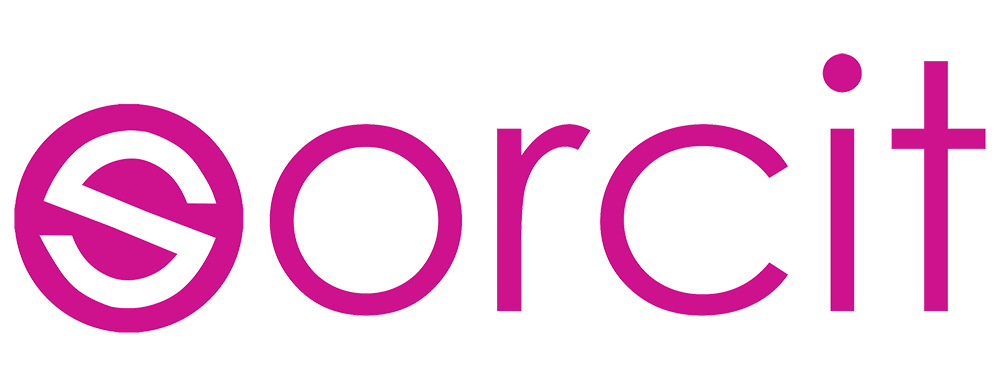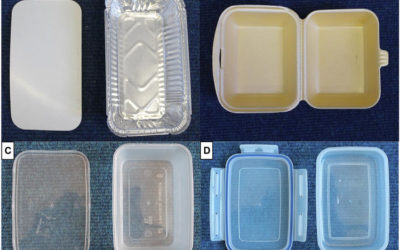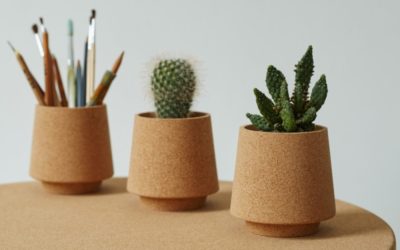Takeaway coffee cups are often in the news – and not because of how great the coffee inside them tastes either. As customers become aware of the negative impact that single-use cups are having on the environment, they’re beginning to move towards companies that offer alternatives to plastic and cardboard. For instance, while many people assumed that cardboard cups could be easily recycled, more are now aware that a layer within cardboard cups is often not recyclable and they’re prefer to drink from something that’s better for the environment.
Here are 4 alternatives to traditional cardboard cups:
1. Bamboo Fibre
Bamboo fibre is a completely natural material made from biodegradable and compostable materials. Once a bamboo fibre cup has been used, it can be returned into the ecosystem. Of course, those aren’t the only considerations when you’re thinking of takeaway cup options but, fortunately, bamboo fibre ticks these boxes too. It doesn’t easily burn or wear, it’s FDA approved as a safe and non-toxic material and it looks good too.
2. Bagasse
You might not have heard of bagasse, but it’s one of the most common by-products in the world, coming from plants in the sugarcane family once the juice has been extracted. The great thing about its potential as a takeaway cup option is that it grows quickly to ensure a rapid supply and it will decompose within just 4 months when deposited in a home composter. So, as an option that is both plentiful and effectively degrades back into the earth, bagasse is right up there with the best alterative choices for single use takeaway cups.
3. RPET
Just to get technical for a moment, the full name for rPET is “recycled polyethylene terephthalate”. It’s essentially recycled PET, a material used to make many of the plastic bottles and jars found in a typical kitchen. As an alternative to using PET, it takes 75% less energy to create rPET cups. It also makes use of the plastics that are put back into the system for recycling, ensuring that they don’t simply pile up or land in the oceans. It’s not a completely eco-friendly option, but it’s preferable to creating entirely new plastics for consumption.
4. PLA
“Polylactic acid” is the technical name for PLA and it’s been used for decades in biomedical science. Basically, it’s a polyester that’s derived from renewable sources, plus it’s compostable at home. If it’s sent to a large commercial composting facility, a PLA takeaway cup will break down within 6 months, making a comparatively rapid return to the ecosystem. Another major benefit of PLA is that it can be produced from machinery that’s already used to manufacture petrochemicals, so the technology exists and is already out there waiting to be used for an eco-friendlier purpose.
Going Greener
As consumers of takeaway cups, it’s important that all of us are aware of the alternatives. When we have knowledge about these alternatives, we can point them out to the businesses that say there are no other options to single-use, non-recyclable plastics and cardboard. As we’ve seen, there are alternatives – you just have to commit to adopting them.
Fancy reading some more?
Should You Protect Your Employees with Disposable Face Masks?
As the impact of coronavirus continues to be felt around the world, there are frequent questions here in the UK about getting back to work and how that’s likely to happen in the short term. One of the contentious elements in all this has become face masks. Should your...
read moreEco Friendly Takeaway Containers
Picture the average lunchtime in a city centre and the thousands of takeaway containers being purchased by hungry customers. The chances are, these will mostly be made of polystyrene and plastic, and they’ll be sent straight to landfill after use. Increasingly,...
read moreHow Cork is Starting a Quiet Revolution
Environmentally friendly materials are found in things we see every day and harnessing the power of these materials can help reduce our carbon footprints and provide some innovative solutions to daily challenges. Cork is one of those materials you might not think of...
read more


